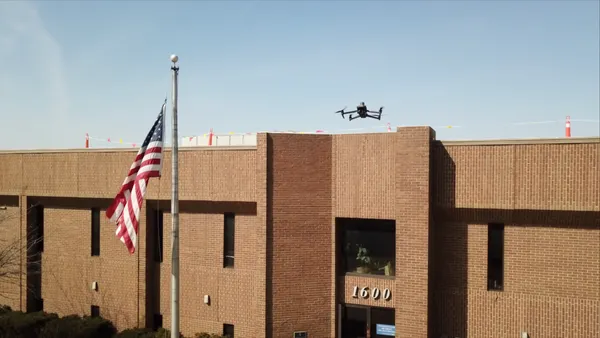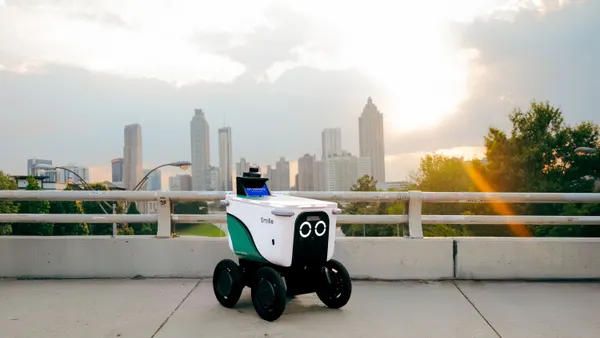Editor's Note: The following is a guest post from Anthony Oyogoa and Ruma Patel, co-founders of personal safety app UrSafe.
Today, there is an app for everything. We live in a world so technologically advanced that you can buy a watch with virtually the same capabilities as your computer, have a robot clean your room or order groceries to your doorstep with a click of a button.
From augmented reality to 3D printing to the development of artificial intelligence, Silicon Valley and other hubs of innovation have given us a wide range of technologies with capabilities like never before.
But technology has left behind a big problem.
Across the globe, regardless of country, personal safety is a life or death issue that has largely gone unaddressed. A quick Google search yields a staggering number of statistics describing the scope of the problem:
- 475,000 homicides occur worldwide each year, according to the World Health Organization.
- Across the world, 35% of women report they have experienced physical or sexual violence.
- Gun violence regularly makes headlines in the United States.
- Murder rates in South Africa have increased 35% in the last seven years.
These risks mean most of us encounter potentially dangerous situations every day, even in the most routine situations. For example, ride-sharing has become a habitual way we get from point A to point B with the click of a button, but it has also introduced new safety risks inherently associated with getting into a stranger’s car.
Over the last year, ride-share companies have been hit with a slew of sexual assault accusations. Drivers, particularly women, also face big risks on the job alone.
The military is another industry riddled with safety risks on and off the battlefield. The sexual assault crisis gripping our armed forces is putting our women and men in uniform in serious danger. From 2016 to 2018, the military saw a 38% increase in instances of sexual harassment or assault. One in every 16 military women reported some type of sexual assault within the last year. And these numbers, while overwhelming, are just those crimes reported.
In 2014, 86% of military victims did not report the crime for a variety of reasons, including fear of reprisal or damage to their career.
But despite the severity of the issue at hand, there is hope. We can create and leverage technology to serve as our ally, just as we do in every other part of our lives. We must push for the brightest minds in tech to create the best solutions to this problem and change the culture around personal safety.
We have been able to accomplish incredible feats of engineering when we put our minds to it. We are surrounded by examples of technology that has made a difference and saved people’s lives, from digital stethoscopes to improved cancer screenings to robotic limbs. We have the capabilities and the resources, we just need our innovators, engineers and technologists to put their brain power behind solving this problem.
It’s past time that we work together, to do better.









